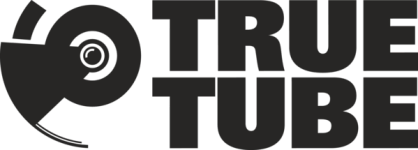Topic: Central Beliefs
7/7 – On Thursday the 7th of July 2005, four bombs were detonated in central London – three on tube trains and one on a double-decker bus. 52 innocent people were killed and over 700 more were injured in the first ever suicide bombings in the UK. We speak to people whose lives were directly affected by the attacks and hear their testimonies, as well as perspectives from an Imam and an expert in the study of terrorism.
In the Beginning – Adam lives in luxury with his best friend Monkey, but there’s something missing in his life. Then Eve moves in to Eden and the trouble begins. This is what happens when you cross the first few chapters of Genesis with an American sitcom. WARNING: the theme song will stick in your head for days. Altogether now, “At first it was just watery, but how conditions oughter be for creating life and all that stuff…”
Animation by Ceiren Bell
https://www.truetube.co.uk/wp-admin/post.php?post=4788&action=edit
Choosing Your Faith: Ahmadi Islam – How did you choose your new faith? Jonathan became an Ahmadi Muslim in his twenties, having always been agnostic up to that point. He describes his conversion experience and the changes his new faith has brought into his life.
Courtesy of 4thought.tv
Choosing Your Faith: Hare Krishna – How did you choose your new faith? Citi Shakti was brought up within the Jain faith, but became a member of the Hare Krishna Movement while studying to be a doctor. She talks about what attracted her to Hare Krishna and some of the misconceptions that she faced.
Courtesy of 4thought.tv
Choosing Your Faith: Buddhism – How did you choose your new faith? Catherine was brought up in the Church of England but chose to become a Buddhist in later life. Here she talks about what drew her to the faith and why she feels its teachings are important for the world.
Courtesy of 4thought.tv






